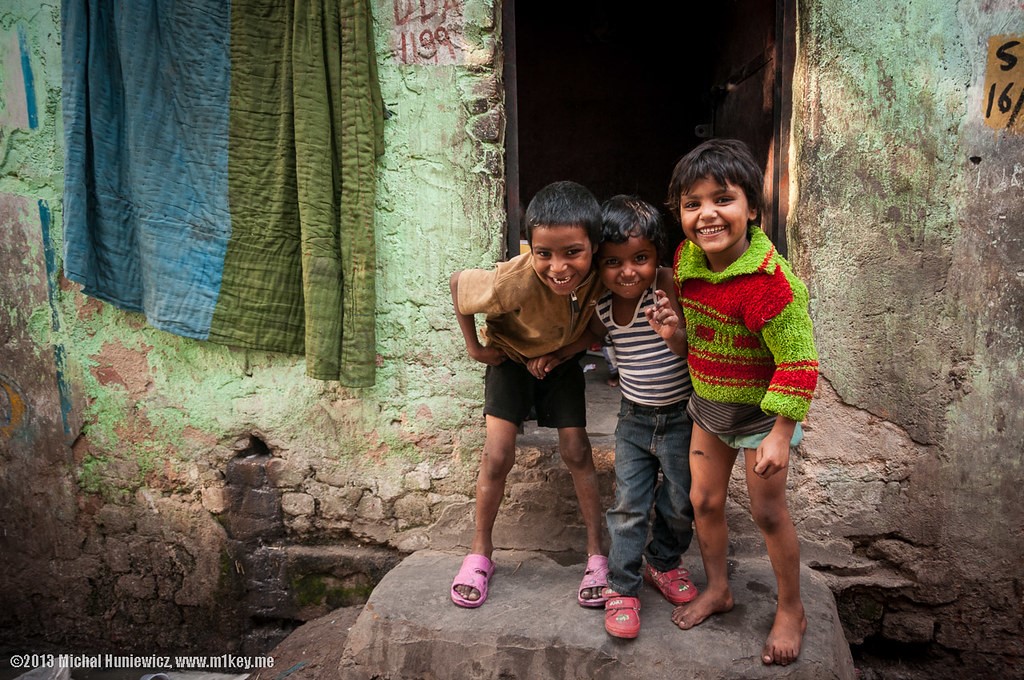How the COVID-19 Crisis Is Impacting Global Poverty

The COVID-19 crisis or coronavirus pandemic continues to grow as the number of global cases rises. With U.S. President Donald Trump approving a fiscal stimulus package of $2.2 trillion, the dire economic ramifications of the COVID-19 crisis grow more significant. Yet, there are disproportionate economic impacts on the world’s poor that highlight the implications of COVID-19 on global poverty.
What the COVID-19 Crisis Means for Global Poverty
Unfortunately, the aftershocks of COVID-19 will destabilize the world economy even further during the beginning of 2020 and beyond. The Asian Development Bank already estimates that the collective global impact of the COVID-19 crisis will be between $77 billion to nearly $347 billion in economic output costs worldwide.
The World Economic Forum calls the COVID-19 crisis a “pandemic in the age of inequality” as it especially impacts countries lacking universal health care or adequate health care systems. Many workers have lost work and are cannot even take paid sick leave of any kind.
“[I] fear hunger will kill us before coronavirus,’’ says Momanned Sabir, a young street entrepreneur in Delhi who owns a yogurt-based drink shop. Her words come in response to the three-week lockdown that Indian Prime Minister Narendra Modi imposed. Poverty and unemployment impact many daily wage earners and workers in informal and unorganized sectors. This is particularly evident in nationwide lockdowns from India, China, the Philippines, the Middle East and European countries.
Among the 50 countries under the United Nations’ Least-Developed Country Status (LDC), more than 900 million remain vulnerable to the risk of COVID-19. This is due to the poor health care infrastructure and resources to support a large-scale health crisis. Most importantly, many countries continue to be in short supply of testing kits.
U.N. Secretary-General Antonio Guterres has appealed for $2 billion to help the world’s poor who have been impacted by COVID-19. World Health Organization director Tedros Adhanom Ghebreyesus implores G20 nations to offer aid and support low and middle-income countries.
Future Course of Action
Indian Finance Minister Nirmala Sitharamn has proposed an economic stimulus package for financial relief to women and vulnerable groups. For example, there are welfare systems that distribute free gas cylinders, wheat and rice for up to three months. For women in India’s Jan Dhan banking system, the government offers compensation of 500 rupees for the next three months. In addition, India has issued a bailout package of $22 billion to help cushion the economic impacts of its lockdown, especially as several daily wage and unorganized workers have lost out on work and pay during this period.
The number of testing kits will also increase soon due to the invention of a new working test kit by Dr. Minal Dhakave Bhosale. India will thus rely less on more expensive imported kits. There will be a distribution of more than 100,000 kits every week from now on.
Moreover, the International Monetary Fund (IMF) has provided $50 billion to control the COVID-19 crisis in low-income countries that seek support through its emergency financing facilities. Along with the IMF, the World Bank is also providing debt relief to poor countries through loans and grants. The group is also working with more than 35 countries to address the economic implications of the pandemic. The World Bank also plans to spend a whopping $160 billion over the next 15 months and is already securing fixed amounts for wide-scale mitigation efforts and projects.
Oxfam International is working on ways to use its knowledge and expertise in public health to better address the ongoing crisis, especially after its work during other outbreaks like Ebola and the Zika virus. Oxfam is also assisting in the delivery of sanitation services and offering accurate information to people.
Looking to the Future
To help those who have lost jobs due to COVID-19, the Asian Development Bank recommends focusing on strengthening social assistance. It also urges attention to upgrading labor market policies and programs.
The COVID-19 crisis could also impact the way the world addresses global poverty going forward, especially given the potential global impacts. It will take long-term development strategies to get low-income workers and poorer communities back on their feet.
Photo: Flickr
